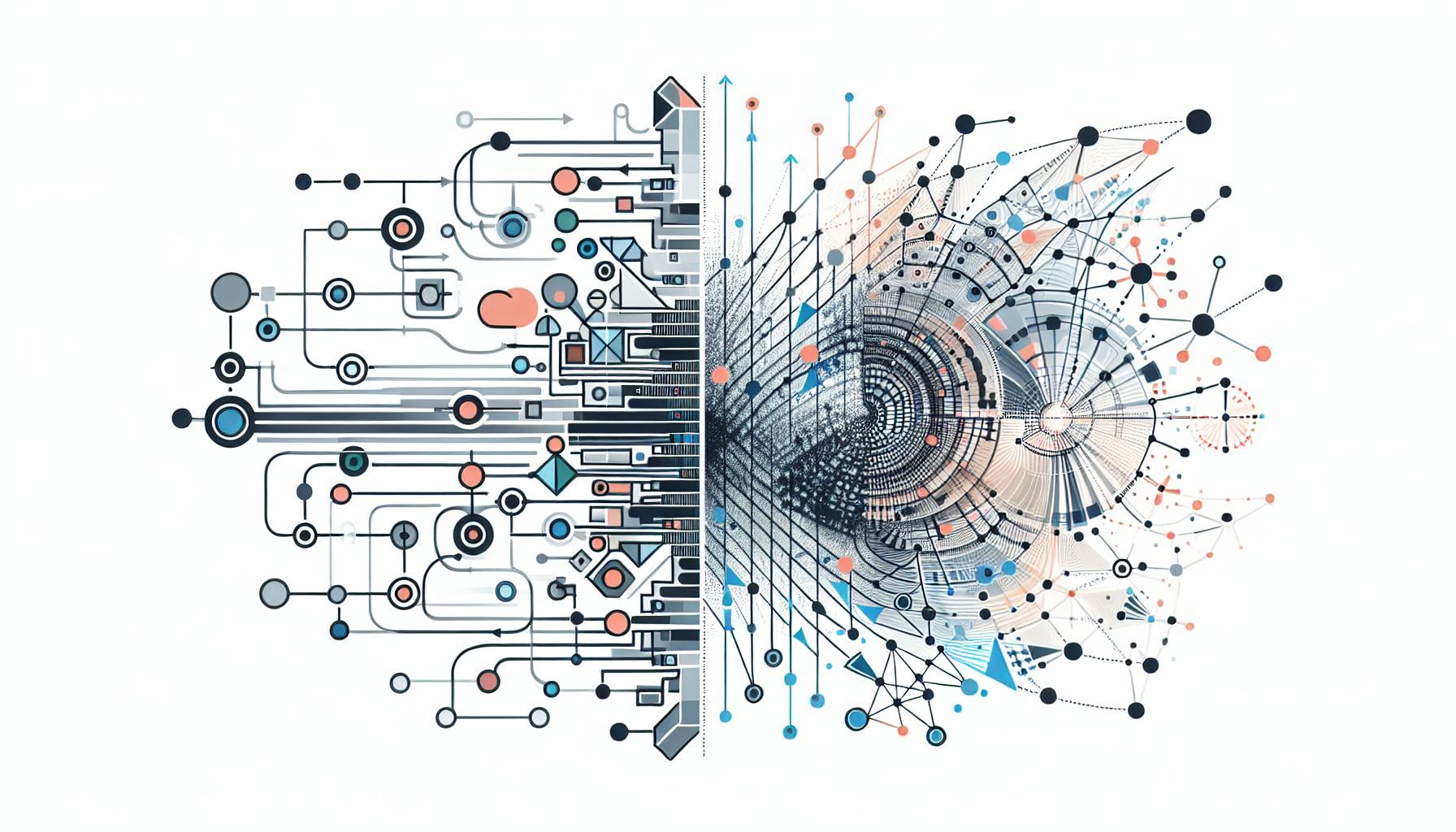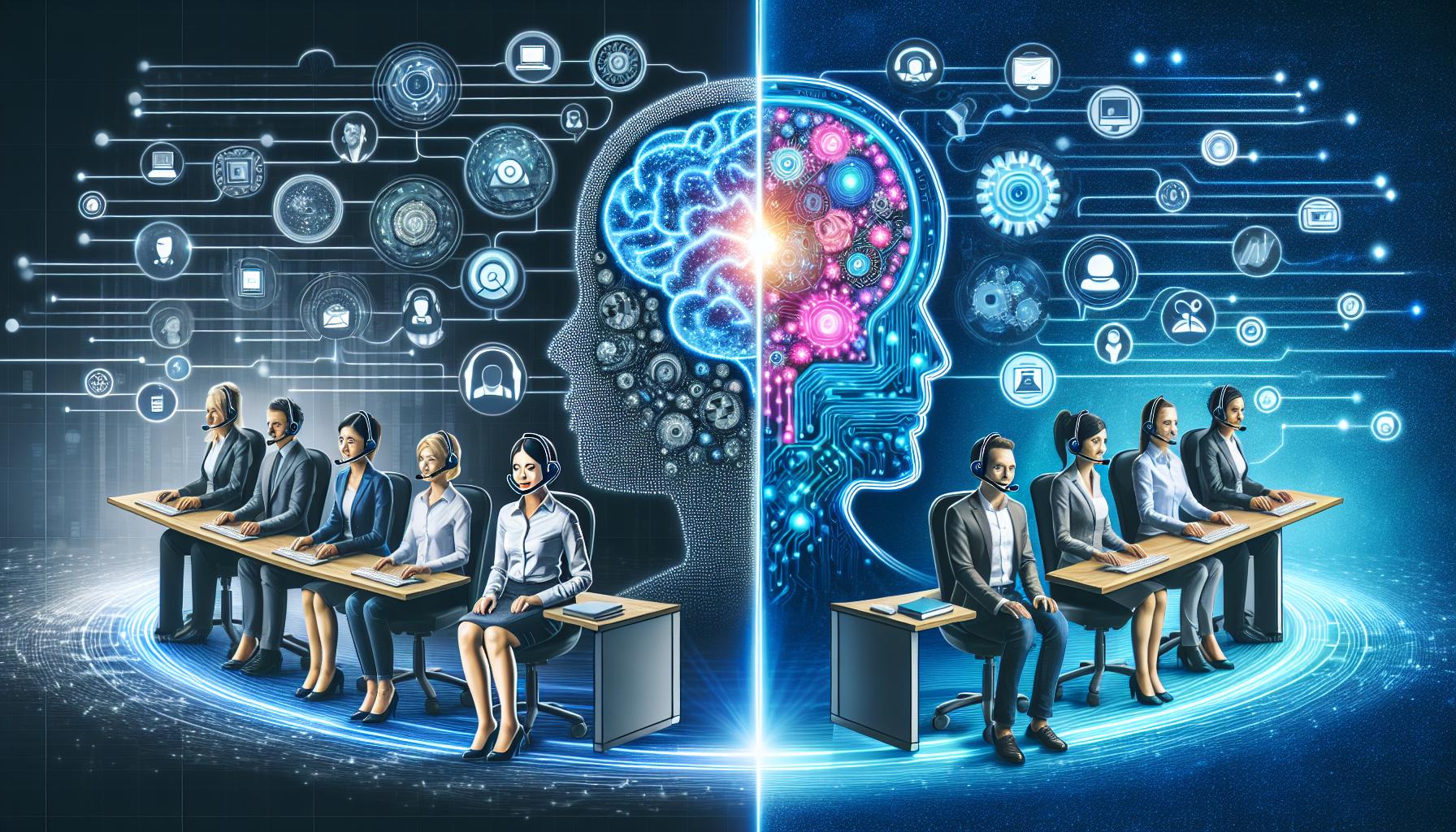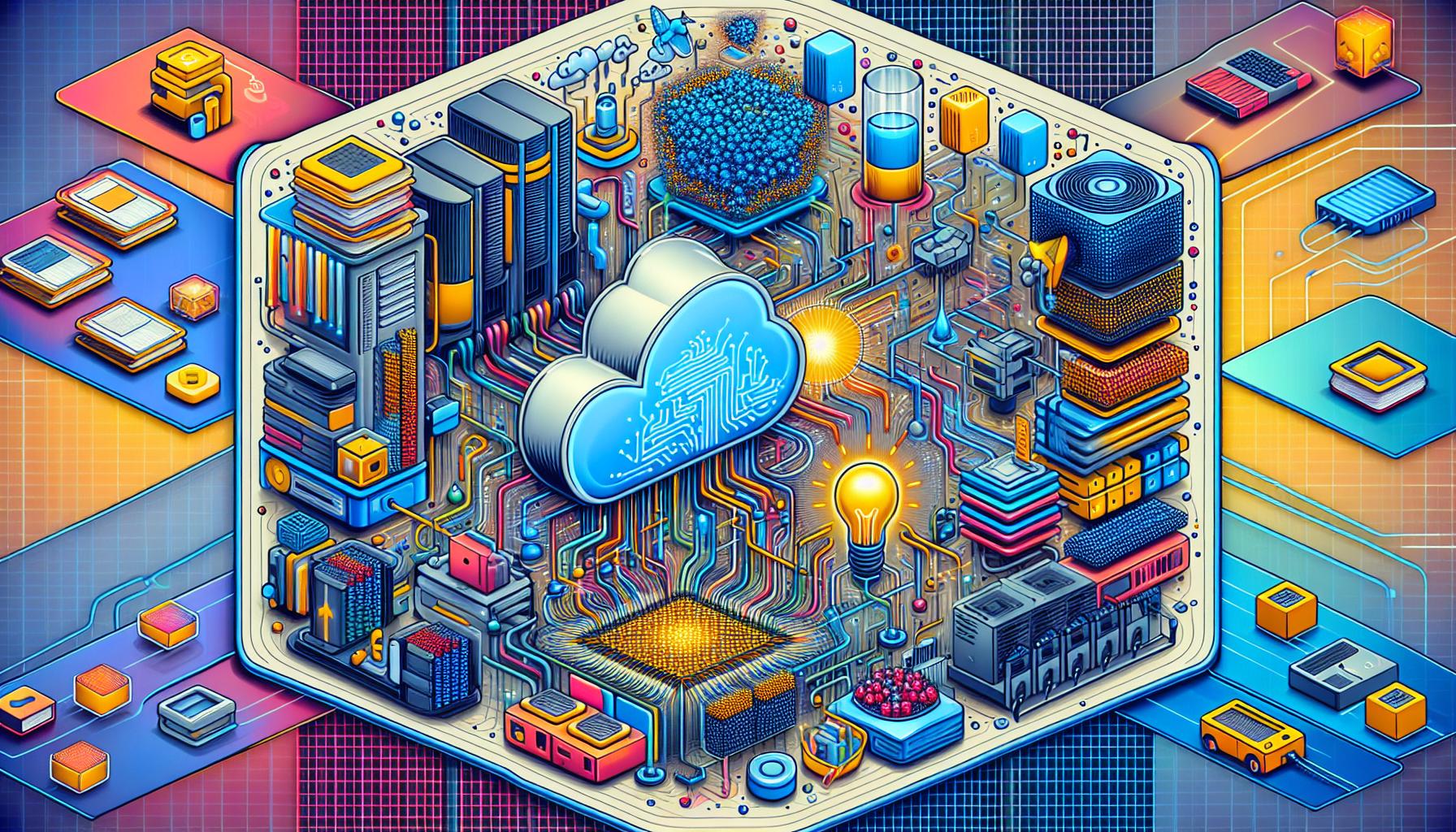Shifting the Paradigm: From Generative AI to Agentic AI in Enterprises

Current State of Generative AI
Generative AI, especially in its early stages often described as 'request/response AI,' has captivated the imagination of many. However, both its performance and return on investment (ROI) for enterprises have not entirely lived up to the high expectations. While it shows promise, particularly in producing creative and diverse outputs based on input prompts, it often falls short when it comes to consistent, reliable performance required for enterprise applications. The main limitation lies in its inability to maintain context and coherence over extended dialogues, which is critical for enterprise-level applications.
Introduction of Agentic AI
Enter Agentic AI, an evolutionary advancement poised to deliver greater business value. Unlike generative AI, which primarily focuses on generating responses to specific requests, agentic A.I. is designed to pursue goals with human supervision. By leveraging generative A.I. for more complex, goal-oriented tasks, agentic A.I. promises to enhance productivity and efficiency in ways not previously possible. It aims to bridge the gap between mere response generation and the strategic execution of coordinated actions to achieve specific goals.
Consumer vs. Enterprise Applications
Agentic A.I. faces significant challenges in consumer applications due to the complexity and open-ended nature of tasks. Consumer applications, such as virtual assistants or chatbots, often involve a wide range of unpredictable and diverse requests, which complicates the implementation of agentic AI. In contrast, enterprise applications, characterized by clearer, more defined goals and tasks, present a fertile ground for agentic AI. Enterprises can benefit from A.I. that not only understands but also autonomously coordinates actions to achieve business objectives. Therefore, while the consumer domain may take longer to adopt agentic AI, enterprise applications are likely to see more immediate and tangible benefits.
Components and Evolution of A.I. Stacks
The traditional generative A.I. stack operates on a request-response model, which often results in inconsistent answers. The agentic A.I. stack introduces orchestration layers, wherein A.I. agents coordinate workflows and execute various tools and actions. For agentic A.I. to function effectively, it must rely on a detailed map or knowledge graph of enterprise operations. This involves the integration of multiple subsystems, including data ingestion layers, machine learning models, and orchestration layers that can manage and synchronize the actions of different A.I. agents.
Practical Examples and Benefits
A prime example of agentic AI's potential is evident in Amazon's use of multiple coordinated agents for supply chain and operations planning. These agents work in tandem to meet corporate goals, such as profitability and delivery time objectives, demonstrating how agentic A.I. can streamline complex processes and improve overall efficiency. This shows how agentic A.I. can be used not just for task automation but for strategic decision-making and operational optimization.
Building Agentic A.I. Systems
The foundation of agentic A.I. systems involves creating a digital representation of business processes and data. This means transforming raw data into meaningful objects and actions, orchestrated by A.I. agents. This structured approach enables A.I. to not only understand but also proactively manage and optimize business workflows. Building such systems often requires a comprehensive digital overhaul where legacy systems are updated or replaced to facilitate efficient data flow and integration.
Role of Robotic Process Automation (RPA)
Robotic Process Automation (RPA) is expected to evolve significantly with the advent of agentic AI. Traditional RPA relies on hardwired scripts, which are less adaptable and intelligent. Agentic A.I. aims to transform RPA into a more intelligent and resilient system, capable of automating complex workflows through adaptable A.I. agents. By melding RPA with A.I. capabilities, businesses can move beyond simple task automation to intelligent process automation that adapts and learns over time.
Industry-Wide Implications
The vision for agentic A.I. includes transforming enterprises into digital factories with efficient, automated workflows. Such transformation will be critical for customizing business processes to meet specific corporate goals and improving overall efficiency. Agentic A.I. represents a significant shift in A.I. application, focusing on goal-oriented, coordinated actions rather than simple responses. This shift has the potential to revolutionize various industries by making business operations more agile and responsive to changing market conditions.
Core Insights
Shift from Generative to Agentic AI: Agentic A.I. emphasizes goal-oriented actions, offering a more structured and efficient approach compared to traditional generative AI.
Enterprise Focus: With clearly defined tasks and objectives, enterprises stand to gain immediate value from Agentic A.I. implementations.
Technological and Organizational Integration: A robust technological framework and deep integration into business operations are key to successful agentic A.I. deployment.
Future of A.I. in Business: The next decade promises sophisticated digital platforms integrating A.I. agents to enhance productivity and decision-making.
Pioneering Companies: Amazon's current use of agentic A.I. sets a precedent, encouraging other firms to explore and adopt similar technologies.
Core Insights (Continued)
Building Blocks of Agentic AI: Developing agentic A.I. systems involves several components, including orchestration layers, digital representations of business processes, and evolving traditional RPA tools into more intelligent agents. The integration of these components allows for seamless coordination between various A.I. agents and human oversight, leading to more efficient and precise operations.
Scalability Across Industries: While Amazon serves as a sophisticated example, the goal is to create agentic A.I. capabilities that can be applied across various industries. This scalability will enable businesses of all sizes to leverage A.I. for customized, goal-driven automation.
Process Mining and Orchestration: Process mining becomes essential in analyzing and improving workflows, ensuring that A.I. agents align with organizational goals and enhance overall efficiency. Orchestration involves defining how different A.I. agents, systems, and human workers interact, creating a cohesive and efficient workflow.
Future Vision of Digital Factories: The ultimate vision is transforming organizations into digital factories where A.I. agents and humans work together seamlessly. This futuristic approach aims for a synergistic relationship between A.I. agents and human workers, ensuring that both complement each other's capabilities to achieve organizational goals.
Conclusion
Agentic A.I. represents a transformative shift in how A.I. can be leveraged to improve enterprise operations. By moving beyond the limitations of generative AI, agentic A.I. provides a structured, goal-oriented approach that can significantly enhance business efficiency and productivity. The future of A.I. in business lies in the integration of intelligent agents capable of autonomously managing and optimizing workflows, setting a new standard for technological innovation and operational excellence.
If you are interested in exploring how agentic A.I. can benefit your business, contact us today to set up an appointment and delve into the future of AI-driven enterprise solutions.

 ™
™

